Domestic cats, scientifically known as Felis catus, trace their lineage back to wild ancestors. Around 9,000 years ago, in the Fertile Crescent, humans began to settle and practice agriculture. This transition led to an increase in rodent populations, which in turn attracted wildcats. These opportunistic creatures found a reliable food source near human settlements, establishing the initial connection between humans and cats.
The Taming Process: Natural and Unplanned
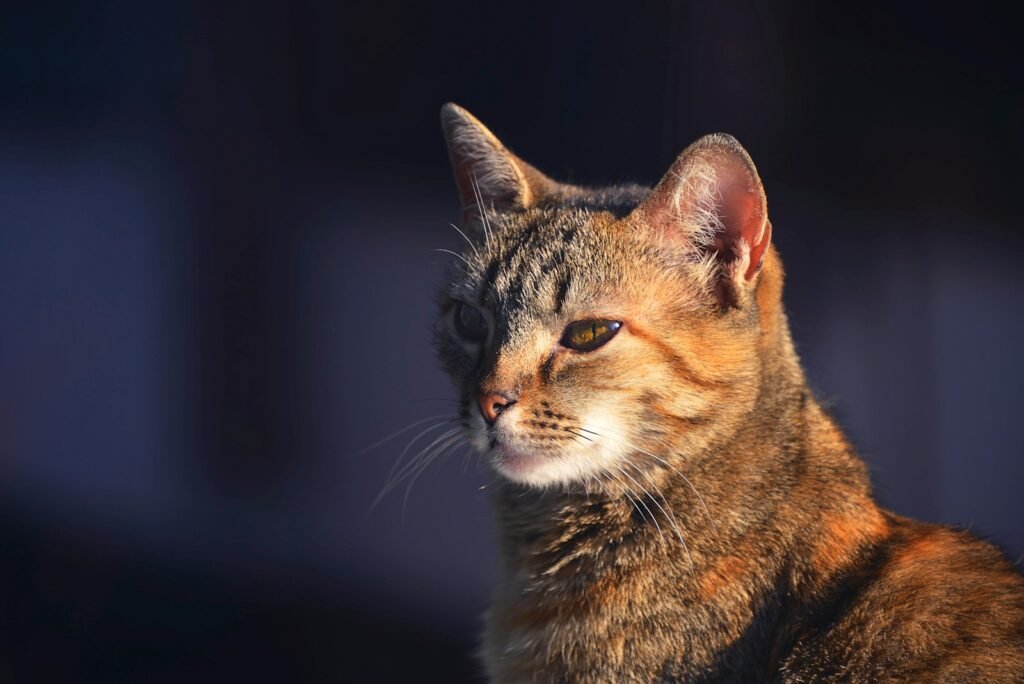
Unlike many other domesticated animals, cats were not actively bred by humans. Instead, the taming process of cats was likely unintentional and driven by natural selection. Wildcats that were less fearful and more socially adaptable thrived in proximity to humans, passing their genes on to future generations. Over time, these adaptations further aligned with living in human environments.
Physical Adaptations to Domestic Life
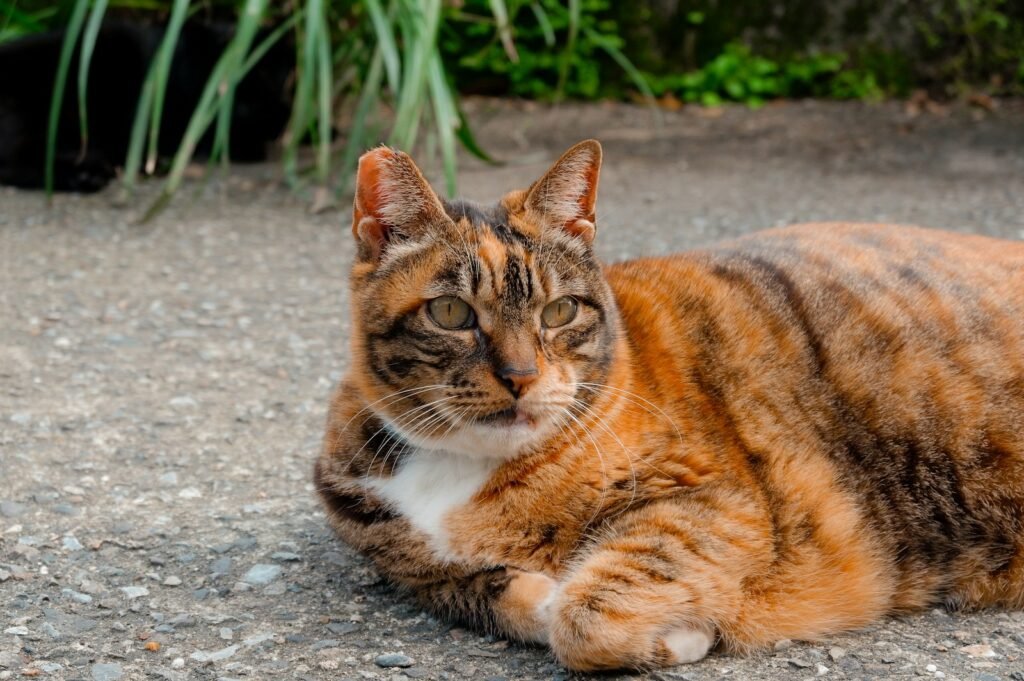
Through millennia of living alongside humans, domestic cats have undergone subtle physical changes. They are generally smaller than their wild ancestors, with reduced skull and longer intestine lengths—adaptations that suit their new environments and diets. These changes reflect their transition from solitary hunters to inhabitants of human homes.
Behavioral Shifts: From Solitary to Social
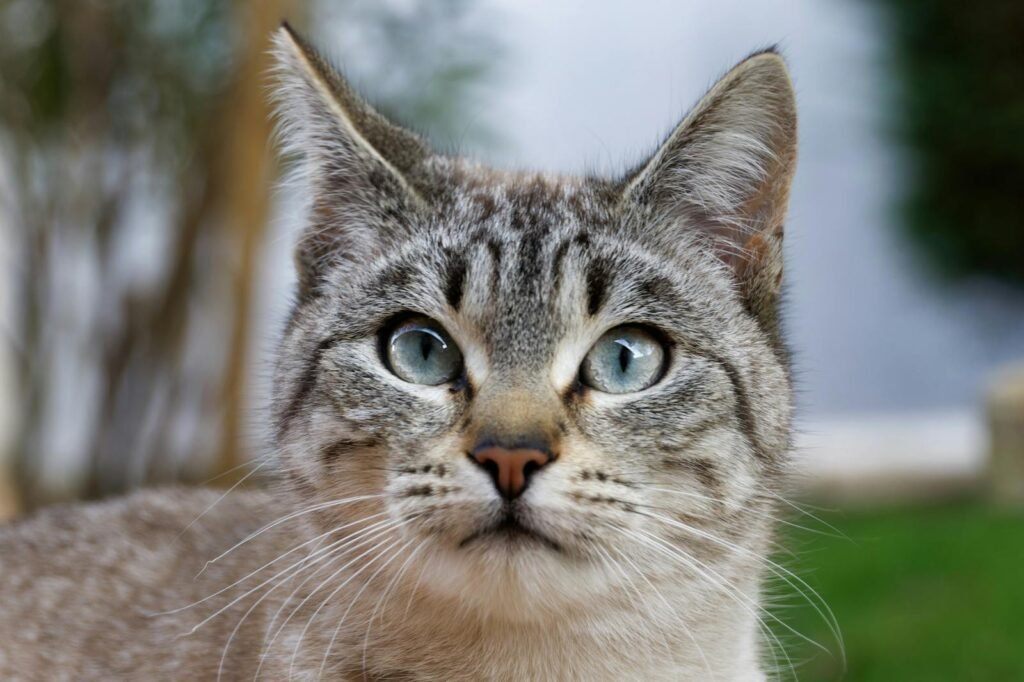
Cats are traditionally solitary creatures; however, living near humans required them to adopt more social behaviors. While domestic cats still retain some solitary instincts, many have developed the ability to live in groups, especially in multi-cat households. Their communication skills have also evolved, enabling them to interact effectively with humans and other animals.
Communication: Vocalizations and Body Language
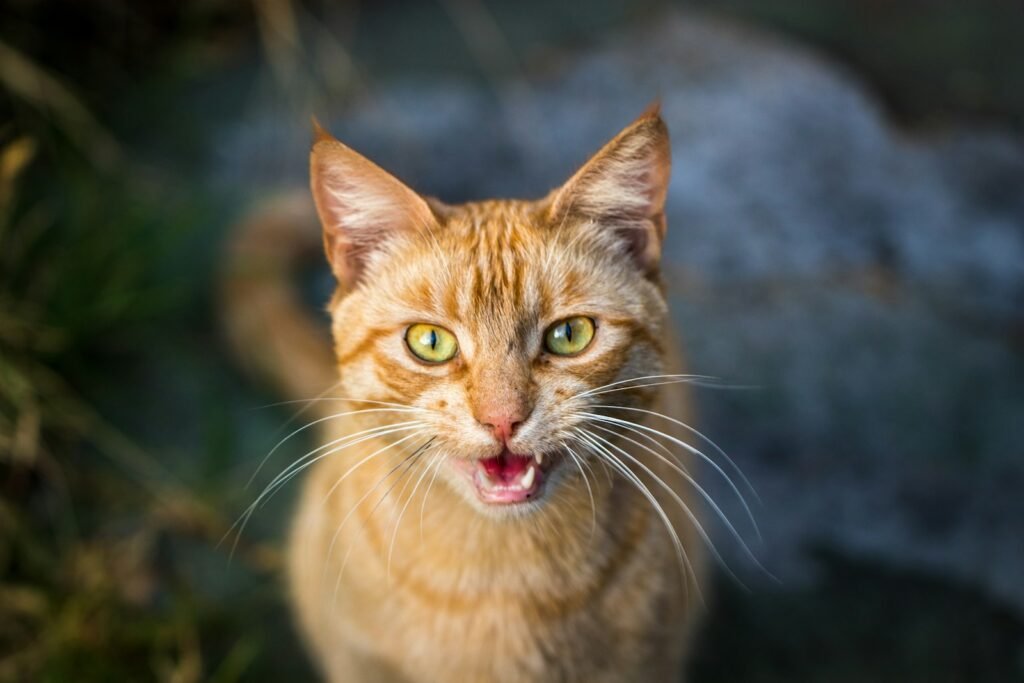
Cats communicate through an array of vocalizations, body postures, and facial expressions. Interestingly, domesticated cats tend to vocalize more than their wild counterparts, primarily to communicate with humans. This repertoire includes meows, purrs, and trills that are often tailored to elicit specific responses from their human companions.
The Role of Purring: Beyond Contentment
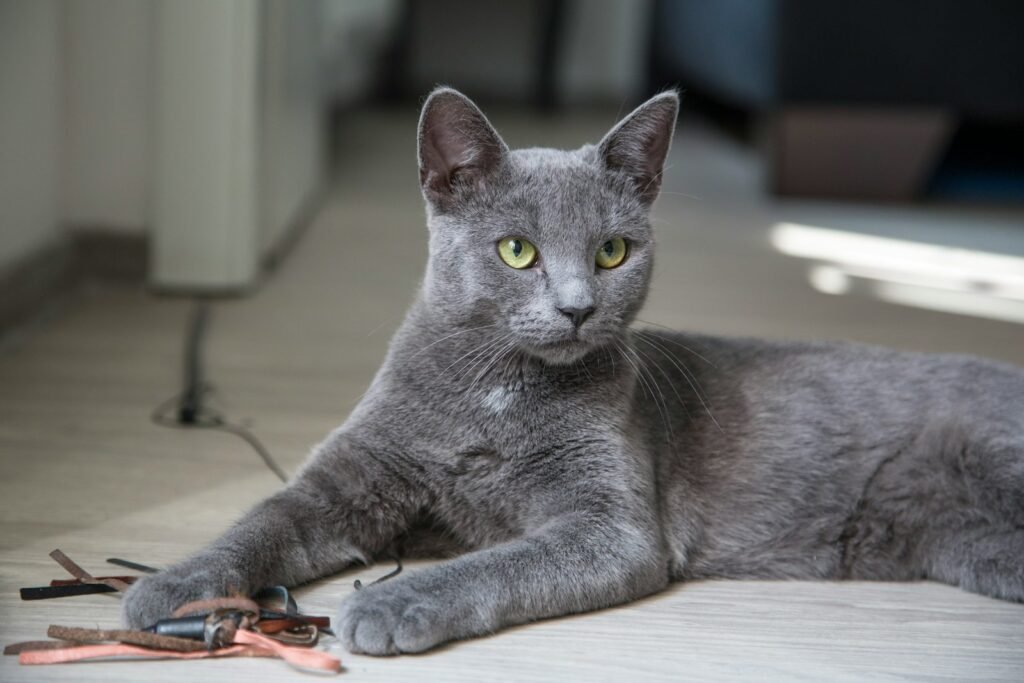
Purring is one of the most recognizable traits of domestic cats. While it often signifies contentment, purring also serves other functions, such as self-soothing, signaling distress, or even promoting healing in themselves and other animals. This multifaceted behavior showcases their complex relationship with humans and their environments.
Understanding Feline Nutrition
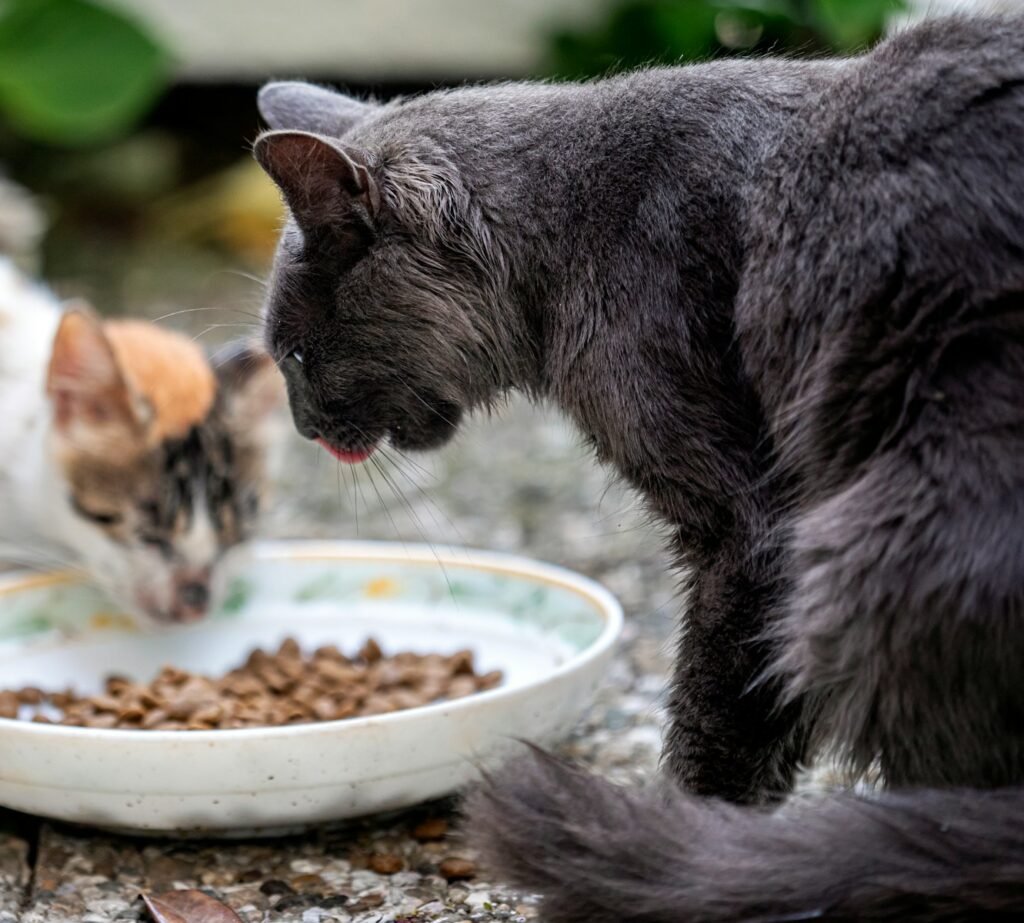
The diet of domestic cats has also evolved. While they are obligate carnivores, relying on meat-based diets, the proximity to human settlements allowed them access to a variety of food scraps. Modern cat food replicates the high protein, varied diet they adapted to, ensuring they receive proper nutrients while living in human homes.
The Impact of Selective Breeding
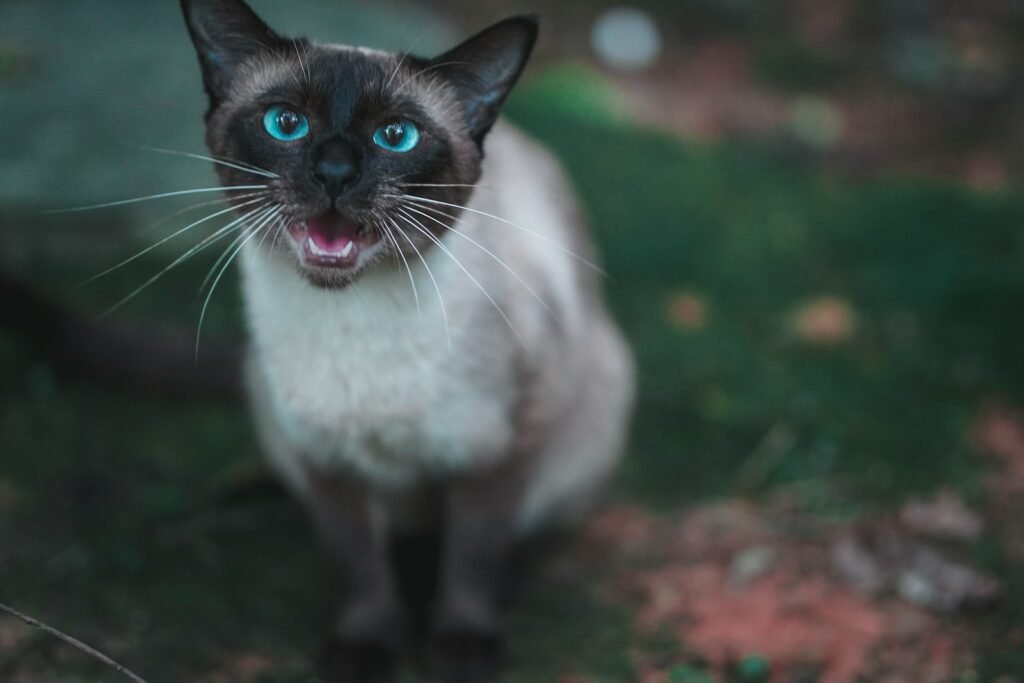
Although cats were not traditionally bred for domestication, modern selective breeding has led to a diverse array of breeds varying in size, coat type, and temperament. These breeds are often developed to enhance particular traits, such as hypoallergenic coats or increased sociability, further solidifying cats as ideal companions for human lifestyles.
Health and Longevity in a Human World
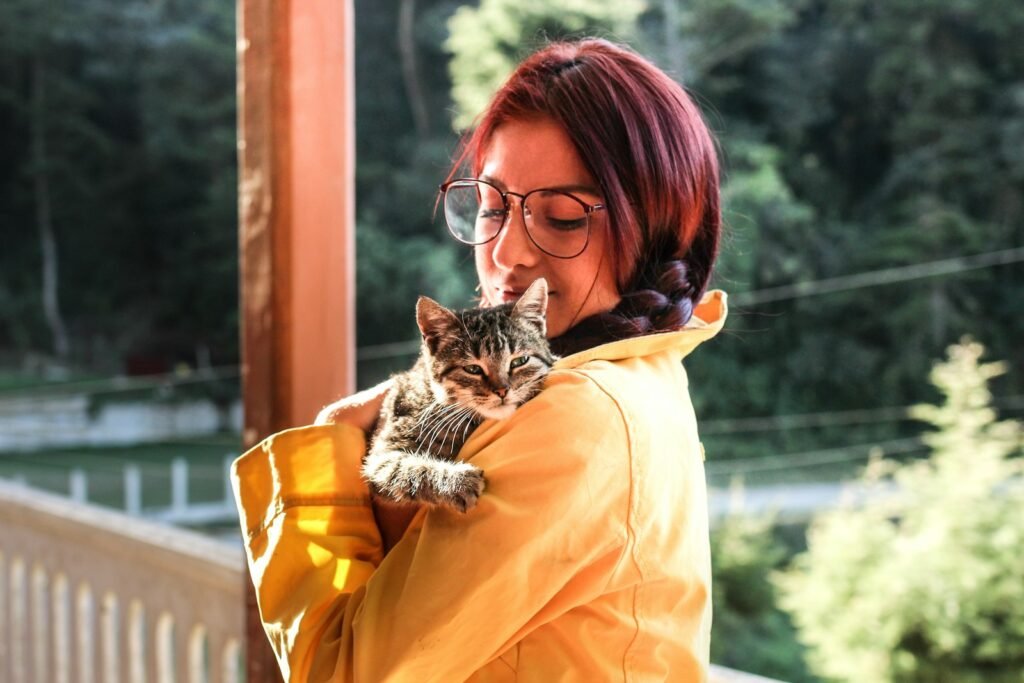
Domestic cats generally enjoy longer lifespans than their wild counterparts, thanks largely to the security and care provided by human homes. Veterinary care, improved nutrition, and sheltered living conditions have contributed to their increased health and longevity, allowing them to thrive beyond their natural lifespan in the wild.
The Future Evolution of Domestic Cats
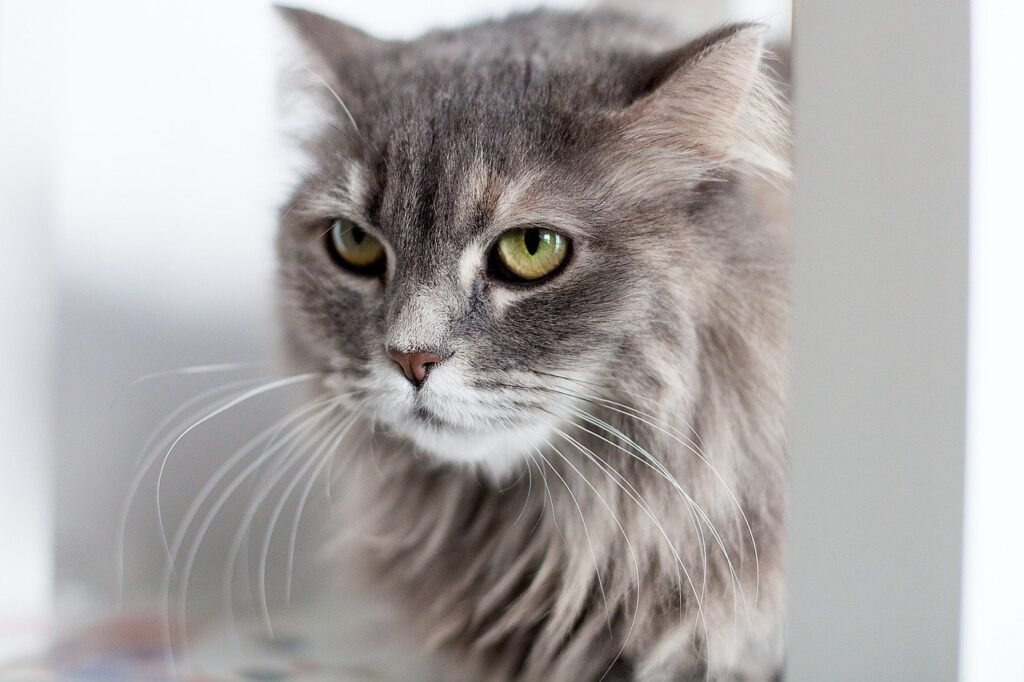
As society evolves, so too will the role and characteristics of domestic cats. With advancements in understanding feline behavior, genetics, and health, domestic cats will likely continue adapting to the changing human landscapes and lifestyles, all while maintaining their unique, enigmatic charm.

Suhail Ahmed is a passionate digital professional and nature enthusiast with over 8 years of experience in content strategy, SEO, web development, and digital operations. Alongside his freelance journey, Suhail actively contributes to nature and wildlife platforms like Feline Fam, where he channels his curiosity for the Feline into engaging, educational storytelling.
With a strong background in managing digital ecosystems — from ecommerce stores and WordPress websites to social media and automation — Suhail merges technical precision with creative insight. His content reflects a rare balance: SEO-friendly yet deeply human, data-informed yet emotionally resonant.
Driven by a love for discovery and storytelling, Suhail believes in using digital platforms to amplify causes that matter — especially those protecting Earth’s biodiversity and inspiring sustainable living. Whether he’s managing online projects or crafting wildlife content, his goal remains the same: to inform, inspire, and leave a positive digital footprint.






